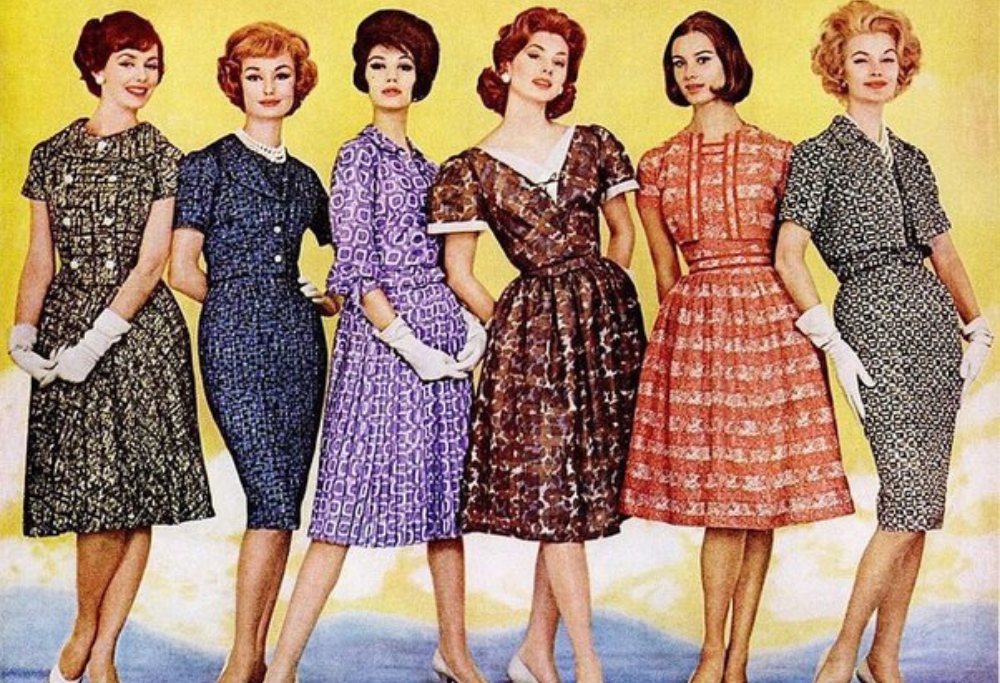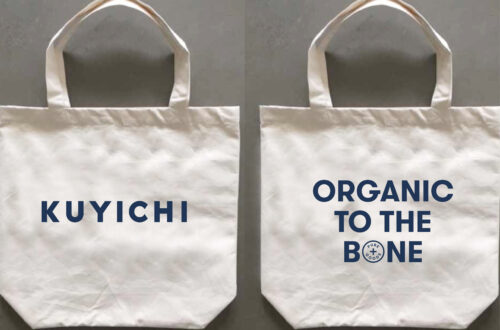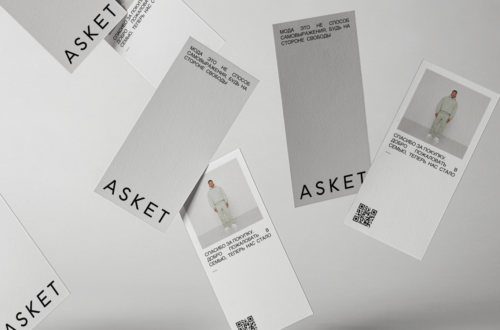The 1960s marked a pivotal moment in fashion history, characterized by a dynamic interplay of tradition and rebellion. This transformative era witnessed the emergence of diverse trends that reflected the changing social landscape. From the rise of mod fashion to the advent of hippie chic, the 1960s encapsulated a decade of innovation and cultural revolution. Join us as we journey through the vibrant tapestry of 1960s fashion, exploring its key trends, influential figures, and lasting impact on the world of style.
The Evolution of Fashion in the 1960s:
The 1960s witnessed a seismic shift in fashion, as traditional norms gave way to a wave of youthful exuberance and experimentation. This was a decade of contrasts, where sophisticated designs of the 1950s collided with bold and revolutionary new styles. The fashion landscape became a battleground for social expression, as designers embraced the energy and optimism of youth culture.
Key Trends and Influences:
Let’s delve into the kaleidoscope of trends that defined 1960s fashion:
Mod Revolution: The mod movement emerged as a cultural force, celebrating bold colors, geometric patterns, and sleek silhouettes. Inspired by contemporary art and design, mod fashion embodied a spirit of rebellion and modernity, capturing the imagination of a generation.
Hippie Chic: The rise of the hippie movement brought forth a new aesthetic characterized by flowing fabrics, psychedelic prints, and a free-spirited ethos. Hippie fashion rejected mainstream norms in favor of authenticity and self-expression, leaving an indelible mark on the cultural landscape.
Androgynous Styles: The 1960s saw a blurring of traditional gender roles in fashion, as women embraced tailored suits and menswear-inspired looks. Androgynous styles celebrated individuality and self-expression, challenging conventional notions of femininity.
Influential Figures and Style Icons:
No exploration of 1960s fashion would be complete without acknowledging the trailblazing individuals who shaped the era:
Mary Quant: Renowned for popularizing the mini skirt, Mary Quant revolutionized fashion with her playful and daring designs. As a symbol of the swinging sixties, Quant captured the spirit of youth culture with her innovative approach to style.
Twiggy: With her iconic pixie cut and doe-eyed gaze, Twiggy became the face of mod fashion and a symbol of youthful energy. Her androgynous appeal challenged conventional beauty standards, inspiring generations of women to embrace their individuality.
Key Elements of 1960s Fashion:
Let’s explore some of the iconic elements that defined 1960s style:
Shift Dresses: The shift dress became synonymous with 1960s fashion, offering a relaxed and versatile silhouette that captured the spirit of the decade. Paired with bold patterns and vibrant colors, shift dresses epitomized the youthful exuberance of the era.
Colored Tights: Colored tights emerged as a playful accessory, adding a pop of color to mod-inspired ensembles. Whether in bright hues or psychedelic patterns, colored tights became a staple of 1960s fashion, reflecting the era’s spirit of experimentation.
Go-Go Boots: Go-go boots became an iconic footwear choice, synonymous with the mod aesthetic. With their sleek silhouette and high hemlines, go-go boots added a touch of glamour to any outfit, embodying the youthful energy of the 1960s.
Hairstyles and Accessories:
From the beehive to the pixie cut, hairstyles played a crucial role in defining 1960s fashion. Bold eyeliner, long lashes, and vibrant eyeshadows became signature makeup looks, complementing the era’s playful aesthetic.
Fashion Icons and Cultural Influences:
Icons like Jackie Kennedy, Twiggy, and Mary Quant became synonymous with 1960s style, shaping the fashion landscape with their innovative designs and fearless attitude. The era also saw the rise of youth culture and countercultural movements, influencing everything from music to fashion.
Fashion History Timeline:
The 1960s was a pivotal decade in fashion history, marked by unprecedented innovation and cultural upheaval. From the rise of mod fashion to the advent of hippie chic, each year brought new trends and influences that shaped the way we dress. Let’s take a closer look at the key moments that defined 1960s fashion:
1960: The decade kicked off with a continuation of 1950s-inspired silhouettes, but with a growing influence from youth culture. Shift dresses and tailored suits dominated the fashion landscape, reflecting a desire for simplicity and modernity.
1961: The debut of Audrey Hepburn’s iconic little black dress in “Breakfast at Tiffany’s” catapulted the garment to legendary status, solidifying its place as a wardrobe staple for generations to come.
1962: Mary Quant’s introduction of the mini skirt revolutionized women’s fashion, challenging traditional hemlines and paving the way for a new era of youthful expression.
1963: Veruschka emerged as a fashion icon, captivating audiences with her statuesque beauty and avant-garde style. Her influence extended beyond the runway, inspiring a generation of women to embrace bold and unconventional fashion choices.
1964: The Beatles’ influence on fashion reached its peak, with the band’s signature mod-inspired looks inspiring a wave of imitation among fans. Beatlemania swept the globe, sparking a cultural revolution that would leave a lasting impact on music, fashion, and popular culture.
1965: The hippie movement gained momentum, ushering in a new era of bohemian style characterized by flowing fabrics, psychedelic prints, and a rejection of mainstream norms.
1966: The “Swinging London” phenomenon reached its zenith, with the British capital emerging as the epicenter of youth culture and fashion. Designers like Mary Quant and Twiggy epitomized the spirit of the era, embracing bold colors, geometric patterns, and innovative silhouettes.
1967: The Summer of Love brought hippie chic to the forefront of fashion, with tie-dye, fringe, and flower power motifs dominating runways and street style alike. The era’s emphasis on peace, love, and freedom permeated every aspect of life, including fashion.
1968: The influence of countercultural movements continued to shape fashion, with designers embracing a more casual and eclectic aesthetic. Bell-bottoms, peasant blouses, and embroidered denim became emblematic of the era’s bohemian spirit, reflecting a desire for individuality and authenticity.
1969: The Woodstock Music and Art Fair encapsulated the spirit of the late 1960s, with its eclectic mix of music, art, and fashion drawing hundreds of thousands of attendees. The event’s free-spirited ethos and bohemian style became emblematic of the era, inspiring a new generation of fashion rebels.
Fashion History Museum:
For those eager to delve deeper into the world of 1960s fashion, a visit to a fashion history museum is a must. These institutions offer a treasure trove of garments, accessories, and ephemera that provide insight into the cultural and social forces that shaped the decade’s style.
Fashion History Books:
Numerous books offer comprehensive insights into the evolution of 1960s fashion, from iconic designers and trends to the social and cultural movements that influenced the era. Some notable titles include:
- “Swinging Sixties Fashion” by Fiona McLaren
- “1960s Fashion: From Mini Skirt to Mod” by Emmanuelle Dirix
- “Mary Quant: My Autobiography” by Mary Quant
- “Twiggy: A Life in Photographs” by Twiggy Lawson
- “Veruschka: From Vera to Veruschka” by Vera Lehndorff
Fashion History Degree and Courses:
For those passionate about fashion history, pursuing a degree or enrolling in courses focused on the subject can provide a deeper understanding of the evolution of style. Universities and institutions around the world offer programs in fashion history, covering topics ranging from ancient textiles to contemporary trends.
Fashion History Podcasts:
Podcasts offer a convenient and accessible way to explore the world of fashion history, with a wide range of topics and perspectives to choose from. Whether you’re interested in designer profiles, trend analyses, or cultural critiques, there’s a podcast out there for every fashion enthusiast.
Youthful Rebellion:
The 1960s marked a shift towards youth-driven fashion, as rebellious attitudes influenced style choices. Young people sought clothing that defied conventions, leading to bold and unconventional designs that reflected their desire for self-expression.
Ethnic Inspirations:
Fashion in the 1960s embraced ethnic influences, with designers drawing inspiration from diverse cultural traditions. This era saw the incorporation of tribal prints, exotic fabrics, and intricate embellishments, adding richness and diversity to fashion trends.
What were the key fashion trends of the 1960s?
The 1960s was a dynamic decade for fashion, marked by a clash between traditionalism and a youthful desire for change. Key trends included the Mod revolution, with its sharp lines, geometric patterns, and bold colors, reflecting a modern and rebellious spirit. The Hippie Chic movement brought flowing fabrics, psychedelic prints, and a free-spirited ethos that rejected mainstream norms. Androgynous styles emerged, blurring gender lines as women embraced tailored suits and menswear-inspired looks. Miniskirts became a symbol of youthful liberation, while shift dressesoffered a relaxed yet stylish silhouette. Colored tights and go-go boots added playful accents, while bell-bottoms,peasant blouses, and embroidered denim embraced a bohemian spirit. The era also saw the rise of space-age fashionwith metallic fabrics and futuristic silhouettes.
Who were the most influential fashion icons of the 1960s?
The 1960s produced a constellation of fashion icons whose influence is still felt today. Mary Quant, known for popularizing the miniskirt, revolutionized women’s fashion with her playful and daring designs. Twiggy, with her waifish figure and androgynous style, became the face of mod fashion and a symbol of youthful energy. Jackie Kennedy Onassis captivated the world with her elegant and sophisticated style, popularizing the pillbox hat and tailored suits. Other influential figures included Edie Sedgwick, muse to Andy Warhol and a fashion icon of the Factory scene, and Brigitte Bardot, the French actress who epitomized effortless chic.
How did the mod and hippie movements influence 1960s fashion?
The mod and hippie movements were two distinct yet equally influential forces in 1960s fashion. The mod movement,rooted in British youth culture, embraced a sleek and modern aesthetic with sharp tailoring, bold colors, and geometric patterns. Mod fashion was all about expressing individuality and rejecting conformity. The hippie movement, on the other hand, championed a more relaxed and free-spirited style. Flowing fabrics, earthy tones, and psychedelic prints were hallmarks of hippie fashion, reflecting their values of peace, love, and environmentalism. Both movements challenged traditional fashion norms and paved the way for a more diverse and expressive fashion landscape.
What are some iconic clothing items from the 1960s that are still popular today?
Many iconic clothing items from the 1960s have endured the test of time and remain popular today. The miniskirt,introduced by Mary Quant, is still a wardrobe staple for many women. Shift dresses, with their simple yet versatile silhouette, continue to be a popular choice for casual and formal occasions. The tailored suit, embraced by both men and women in the 1960s, remains a symbol of power and sophistication. Other enduring styles include bell-bottom jeans, peasant blouses, go-go boots, and aviator sunglasses. These iconic pieces continue to inspire designers and fashion enthusiasts alike, proving that true style is timeless.
What were the popular hairstyles and makeup looks in the 1960s?
The 1960s was a time of experimentation and bold self-expression in both hairstyles and makeup. Popular hairstyles for women included the bouffant, the beehive, the pixie cut, and long, flowing hair with a center part. Men often sported longer hair and sideburns, breaking away from the short, conservative styles of the previous decade.
Makeup in the 1960s was characterized by bold eyeliner, long lashes, and vibrant eyeshadow colors. False eyelashes became a popular trend, and women often experimented with bright lipsticks and playful color combinations. The Twiggy-inspired look, with its focus on large eyes, pale lips, and a minimalist base, became a defining aesthetic of the era.
Where can I find resources to learn more about 1960s fashion history?
If you’re intrigued by the fashion of the 1960s, there are numerous resources available to delve deeper:
- Fashion Museums: Many museums worldwide have dedicated exhibits showcasing 1960s fashion, including the Victoria and Albert Museum in London and the Metropolitan Museum of Art in New York City.
- Books: There’s a wealth of books on 1960s fashion, ranging from biographies of iconic designers to comprehensive overviews of the era’s trends and influences.
- Documentaries and Films: Many documentaries and films capture the spirit of the 1960s and showcase the fashion of the time.
- Online Resources: Websites and blogs dedicated to fashion history often have sections on 1960s fashion,offering articles, images, and analyses.





